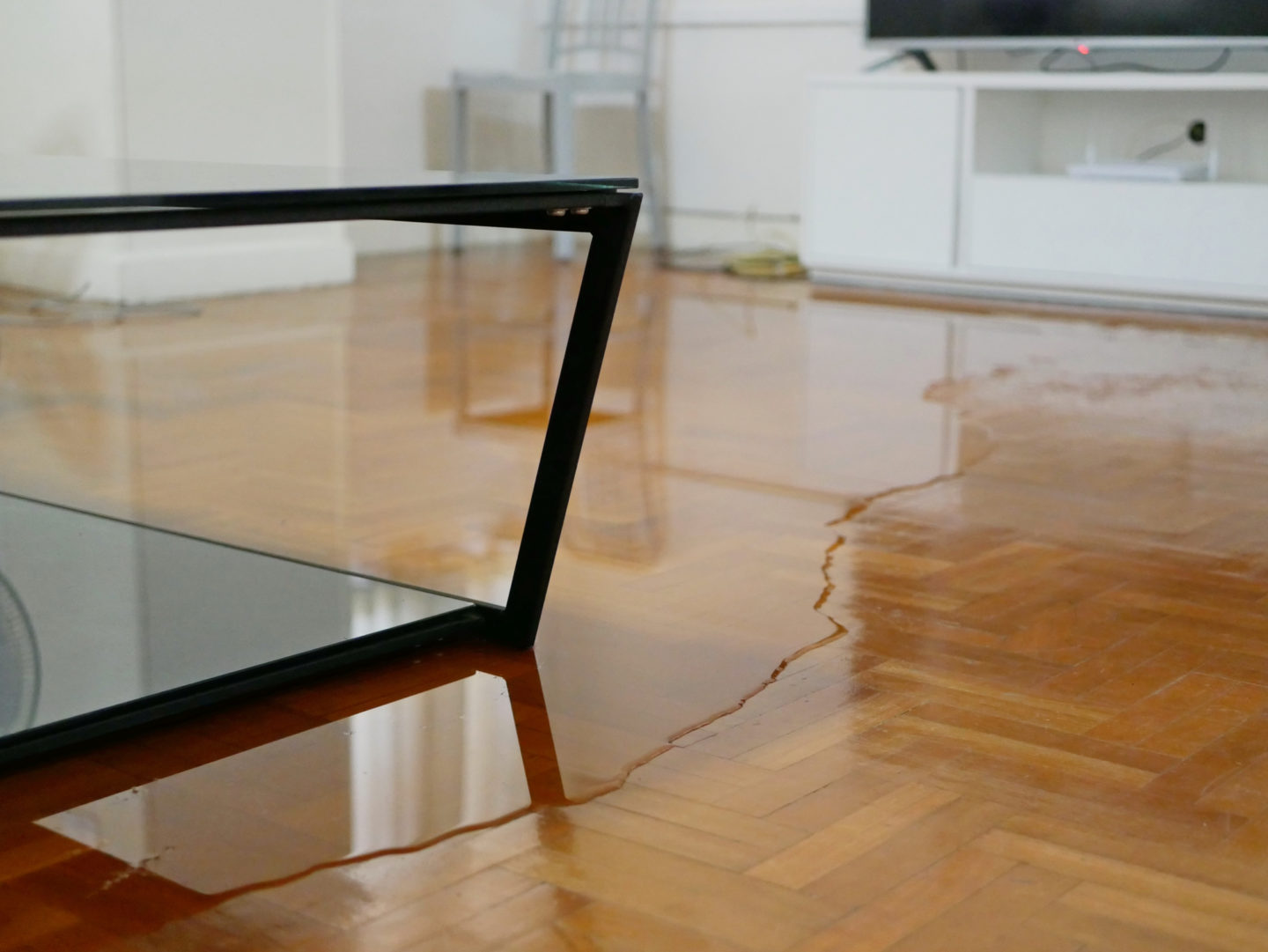6 Water Damage Remediation Do's and also Don'ts.
6 Water Damage Remediation Do's and also Don'ts.
Blog Article
Each person maintains their own unique opinion with regards to What You Can Do At Home To Prevent Fire And Water Damage.

Water offers life, however water invasion on some components where it's not intended to be can cause damage as well as inconvenience. It can peel away the surface and also deteriorate the product's foundation if the water seeps into your framework. Mold and mildew additionally grow in a wet setting, which can be dangerous for your as well as your household's wellness. On top of that, residences with water damage scent old as well as stuffy.
Water can originate from many resources like tropical cyclones, floods, ruptured pipelines, leaks, as well as sewage system problems. If you have water damages, it's better to have a functioning expertise of safety and security precautions. Below are a few standards on exactly how to handle water damage.
Do Prioritize House Insurance Policy Protection
Seasonal water damages can originate from floods, seasonal rainfalls, and also wind. There is likewise an incident of an unexpected flooding, whether it came from a malfunctioning pipe that suddenly breaks into your house. To shield your home, get home insurance that covers both acts of God such as natural tragedies, and emergencies like broken plumbing.
Do Not Forget to Shut Off Energies
When calamity strikes and also you remain in a flood-prone location, turn off the main electrical circuit. Turning off the power protects against
When water comes in as water serves as a conductor, electric shocks. Do not neglect to turn off the primary water line valve as a means to stop more damages.
If the floodwaters are obtaining high, keep your furniture secure as they can move around and cause added damages.
Do Stay Proactive and Heed Climate Notifies
If you live in a location plagued by floods, stay positive as well as ready at all times. Listen to the news and evacuation cautions if you live near a body of water like a river, creek, or lake .
Don't Ignore the Roof
Your roofing professional should take care of the malfunctioning seamless gutters or any type of various other signs of damage or weakening. An assessment will stop water from streaming down your walls as well as soaking your ceiling.
Do Focus On Little Leakages
There are red flags that can draw your focus and also indicate to you some damaged pipes in your residence. Signs of red flags in your pipelines include gurgling paint, peeling off wallpaper, water streaks, water spots, or dripping sounds behind the wall surfaces. Repair and inspect your plumbing fixed before it results in massive damages to your house, financial resources, and also a personal problem.
Do Not Panic in Case of a Ruptured Pipeline
Timing is crucial when it comes to water damage. If a pipe bursts in your residence, immediately shut off your main water valve to cut off the source and also avoid even more damage. Call a respectable water damages remediation specialist for assistance.
Water offers life, however water breach on some parts where it's not meant to be can result in damages and also inconvenience. In addition, houses with water damage smell old and also stuffy.
Seasonal water damages can come from floodings, seasonal rainfalls, and also wind. Signs of red flags in your pipes include gurgling paint, peeling off wallpaper, water touches, water discolorations, or trickling audios behind the wall surfaces. If a pipe bursts in your house, instantly shut off your major water shutoff to reduce off the resource and protect against more damage.
Some Do's & Don't When Dealing with a Water Damage
DO:
Make sure the water source has been eliminated. Contact a plumber if needed. Turn off circuit breakers supplying electricity to wet areas and unplug any electronics that are on wet carpet or surfaces Remove small furniture items Remove as much excess water as possible by mopping or blotting; Use WHITE towels to blot wet carpeting Wipe water from wooden furniture after removing anything on it Remove and prop up wet upholstery cushions for even drying (check for any bleeding) Pin up curtains or furniture skirts if needed Place aluminum foil, saucers or wood blocks between furniture legs and wet carpet Turn on air conditioning for maximum drying in winter and open windows in the summer Open any drawers and cabinets affected for complete drying but do not force them open Remove any valuable art objects or paintings to a safe, dry place Open any suitcases or luggage that may have been affected to dry, preferably in sunlight Hang any fur or leather goods to dry at room temperature Punch small holes in sagging ceilings to relieve trapped water (don't forget to place pans beneath!); however, if the ceiling is sagging extremely low, stay out of the room and we'll take care of it DO NOT:
Leave wet fabrics in place; dry them as soon as possible Leave books, magazines or any other colored items on wet carpets or floor Use your household vacuum to remove water Use TV's or other electronics/appliances while standing on wet carpets or floors; especially not on wet concrete floors Turn on ceiling fixtures if the ceiling is wet Turn your heat up, unless instructed otherwise

We had been made aware of that write-up on Ways to Reduce The Risk Of Fire And Water Damage through a good friend on another site. Are you aware of another individual who is fascinated with the niche? Please feel free to share it. We value reading our article about What You Can Do At Home To Prevent Fire And Water Damage.
Report this page